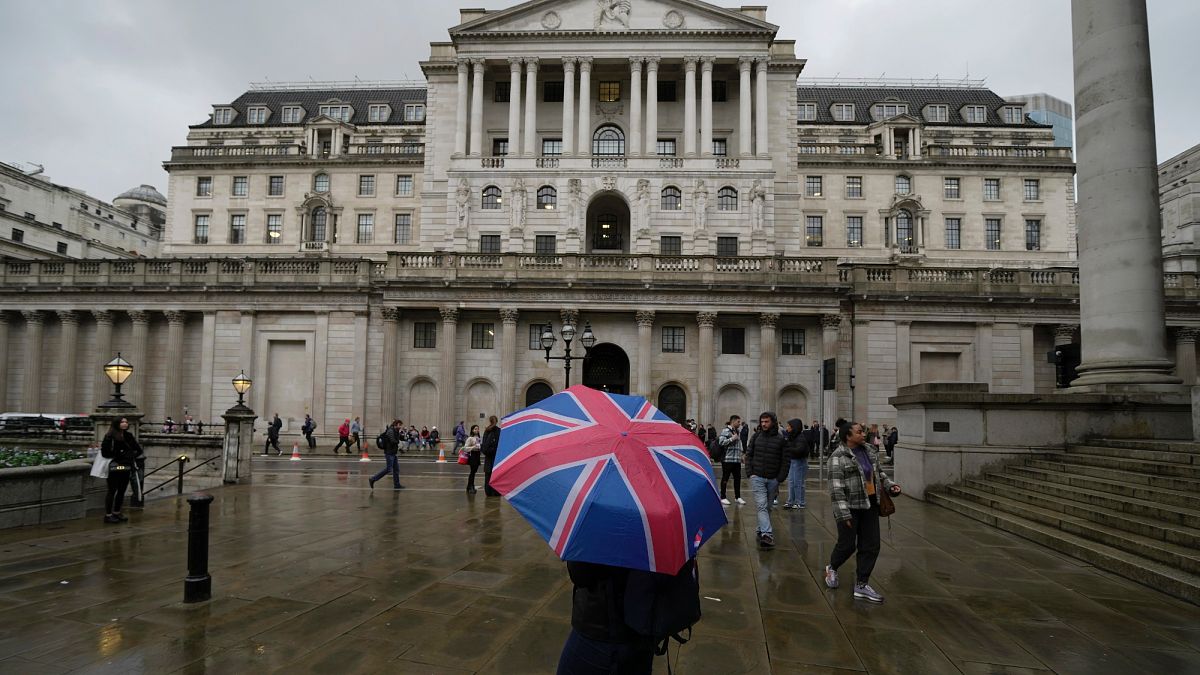

The global economic landscape is currently witnessing a confluence of challenges and changes, particularly impacting the United Kingdom and the United States. Amidst this dynamic environment, governments and industries are navigating complexities ranging from tariffs to economic contraction, with a focus on maintaining stability and growth.
In May, the UK’s economy experienced an unexpected contraction of 0.1%, diverging from predictions of a modest expansion. The contraction, primarily driven by significant downturns in manufacturing and construction sectors, poses challenges for the UK government, particularly as it strives to stimulate economic growth. Chancellor Rachel Reeves and her team are now tasked with reassessing strategies to invigorate the economy amid external pressures such as tariffs and internal structural shifts.
Adding to the economic landscape is the situation facing the UK’s steel industry. The government is considering a support package for Speciality Steel UK, part of the Liberty Steel Group, as the company confronts potential insolvency. This move reflects a concentrated effort to preserve jobs and sustain an industry historically crucial to the nation’s industrial base.
Meanwhile, the use of Private Finance Initiatives (PFI) in the UK has come under scrutiny. A recent report by the public accounts committee highlights concerns about the management of these contracts, leading to the inheritance of low-quality assets in essential sectors like education and healthcare. At a time when private investment in infrastructure is pivotal, the UK government is called to enhance its approach to PFIs to ensure a robust foundation for future growth.
Across the Atlantic, the US under the leadership of former President Donald Trump is stirring economic dynamics with the announcement of a significant rise in tariffs on Canadian imports, reaching 35%. This policy, effective from August, is expected to influence trade relationships significantly. The potential for increased tensions with Canada looms as both nations contemplate responses to these fiscal measures. Trump’s letter, addressed to the Canadian prime minister, hints at further escalation if retaliatory actions unfold, suggesting a need for diplomatic agility.
The global economic interplay further extends to the Eurozone, where job creation and export dynamics frame much of the economic dialogue. Spain emerges as a notable contributor to job growth, purportedly responsible for creating a significant proportion of new positions within the Eurozone. However, the broader European economic outlook faces potential threats from US-imposed tariffs, particularly poignant for Germany’s car industry and Ireland’s pharmaceutical sector. These developments underscore the interconnected nature of global economies and the cascading effects of policy decisions.
Together, these facets form a complex mosaic of the current economic state, calling for mindful navigation by governments and industries alike. As policy shifts and economic indicators fluctuate, the focus remains on crafting strategies that ensure resilience and foster economic recovery. This dynamic environment highlights the importance of international cooperation and adaptive approaches to sustain economic growth amidst challenges.
Source: {link}
